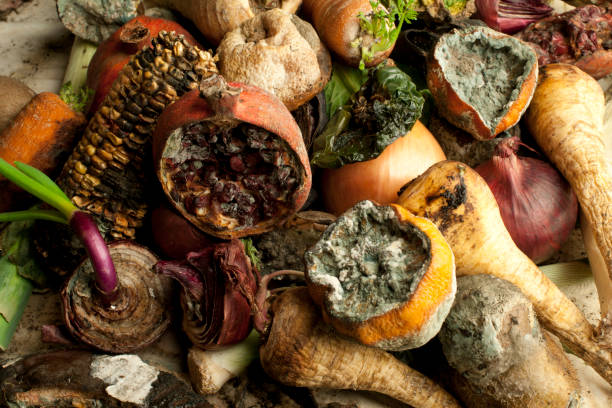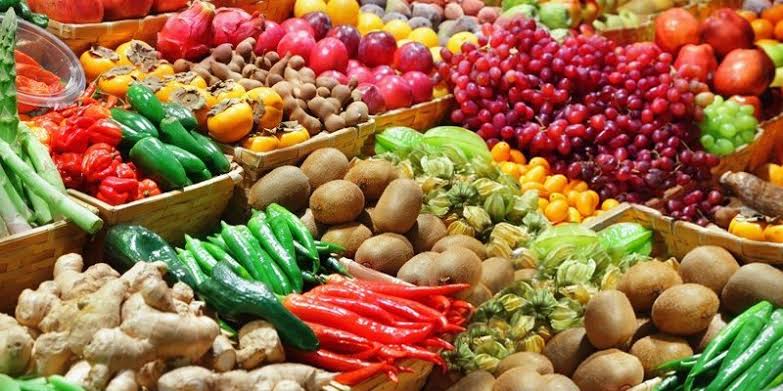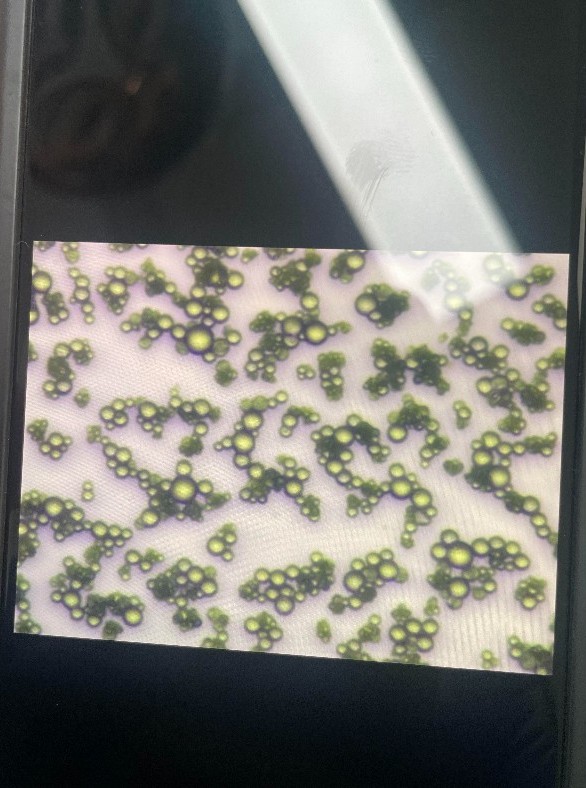
AGRICULTURAL PRODUCT PRESERVATION
Preserving Agricultural Products: Maintaining the Quality and Value of Agricultural Products During Lunar New Year
The period leading up to lunar new year is a time when the demand for agricultural products increases significantly, but it also brings challenges in preservation to keep the products fresh and maintain their value. If not stored properly, agricultural products can spoil, lose quality, and result in economic losses for farmers. This article will guide effective preservation methods to help farmers optimize profits and meet the lunar new year market demand.

1. Why is the Preservation of Agricultural Products Important?
- Reduce post-harvest losses: Agricultural products are often prone to spoilage due to natural decay, pests, or environmental conditions.
- Ensure quality: Fresher agricultural products are easier to sell at higher prices.
- Extend storage time: Ensure the supply of products at the right time when the market needs them.
- Save costs: Minimizing damage helps farmers avoid financial losses.

2. Effective Methods of Preserving Agricultural Products
2.1. Preserving vegetables
- Choose fresh vegetables: Remove damaged leaves and wilted vegetables immediately after harvesting.
- Wash thoroughly and drain: Reduce dirt and bacteria but do not leave them damp for too long.
- Store in a sealed bag or container: Use perforated plastic bags or specialized storage containers.
- Storage conditions:
- Temperature: 5-10°C.
- Humidity: 85-95% to prevent wilting or dehydration.
- Storage tips:
- Root vegetables like potatoes and carrots should be kept in a dry, cool place.
- Leafy greens should be kept out of direct sunlight and not stored with ripe fruits (as ethylene gas causes vegetables to wilt quickly).
2.2. Preserving fruits
- Classification before storage: Remove damaged, cracked, or diseased fruits.
- Wash and dry: Avoid moisture as it can lead to mold.
- Use cold storage: Keep fruits at a temperature of 0-10°C, depending on the type:
- Oranges, grapefruits: 5-8°C.
- Bananas: 12-14°C.
- Watermelons: 7-10°C.
- Use food wrap: Seal fruits to avoid exposure to air.
- Storage tips:
- Ripe fruits should be kept separately, avoiding contact with unripe fruits.
- Use vacuum bags to extend storage time.
2.3. Preserving flowers and ornamental plants
- Prune neatly: Remove old leaves and excess roots before transportation.
- Provide sufficient moisture: Wrap the base of the plant with a damp cloth or mist the flowers.
- Storage conditions:
- Fresh flowers: Temperature 5-10°C.
- Potted plants: Place in a cool, shaded area, avoiding strong winds and direct sunlight.
2.4. Preserving specialty foods
- Fresh fish:
- Vacuum packed and stored at -18°C.
- If there is no freezer, the fish should be partially processed, such as salted or dried.
- Dried foods: Dried bamboo shoots, vermicelli, and dried fish should be kept in sealed bags or plastic containers to avoid moisture.
- Homemade specialties (cakes, jams):
- Stored in glass jars or sealed plastic containers.
- Avoid placing in direct sunlight.

3. Application of Technology in Agricultural Product Preservation
- Cold storage: Suitable for preserving large quantities, maintaining a stable temperature.
- Smart storage bags: Bags that can absorb ethylene gas, helping vegetables and fruits stay fresh longer.
- Vacuum technology: Removes oxygen from storage bags, slowing down the decomposition rate.
- Food dehydrators: Used to dry various vegetables, fruits, or specialty foods.

4. Important Notes on Preserving Agricultural Products
- Do not harvest agricultural products too early or too late: Harvesting at the right time will allow for longer storage.
- Minimize impact: Fruits and vegetables that are bruised can spoil quickly.
- Do not misuse chemicals: Absolutely do not use banned or unverified chemicals to extend storage time.
- Regular monitoring: Periodically check to remove products showing signs of spoilage to prevent affecting the entire batch.

5. Strategy for Combining Preservation and Consumption
- Sell in small batches: Gradually sell in batches to avoid long-term inventory.
- Collaborate with traders and businesses: Transfer products immediately after harvest to consumption points to reduce storage pressure.
- Online sales: Utilize e-commerce platforms for quick distribution and to reach more customers.

6. Conclusion
Proper preservation of agricultural products not only helps farmers maintain product quality but also enhances market value. Investing in preservation is essential to ensure success during the busy lunar new year season. We hope the above methods will assist farmers in having a bountiful and smooth lunar new year harvest.
Bình luận
Những bình luận mới nhất



